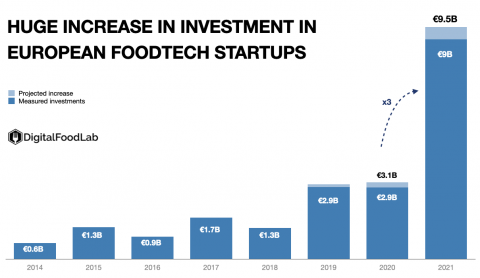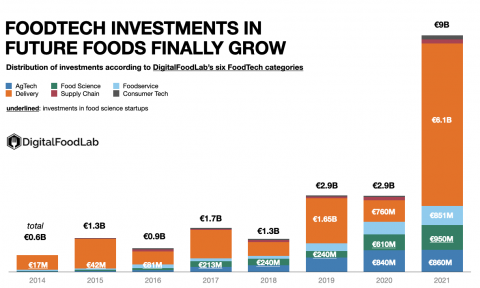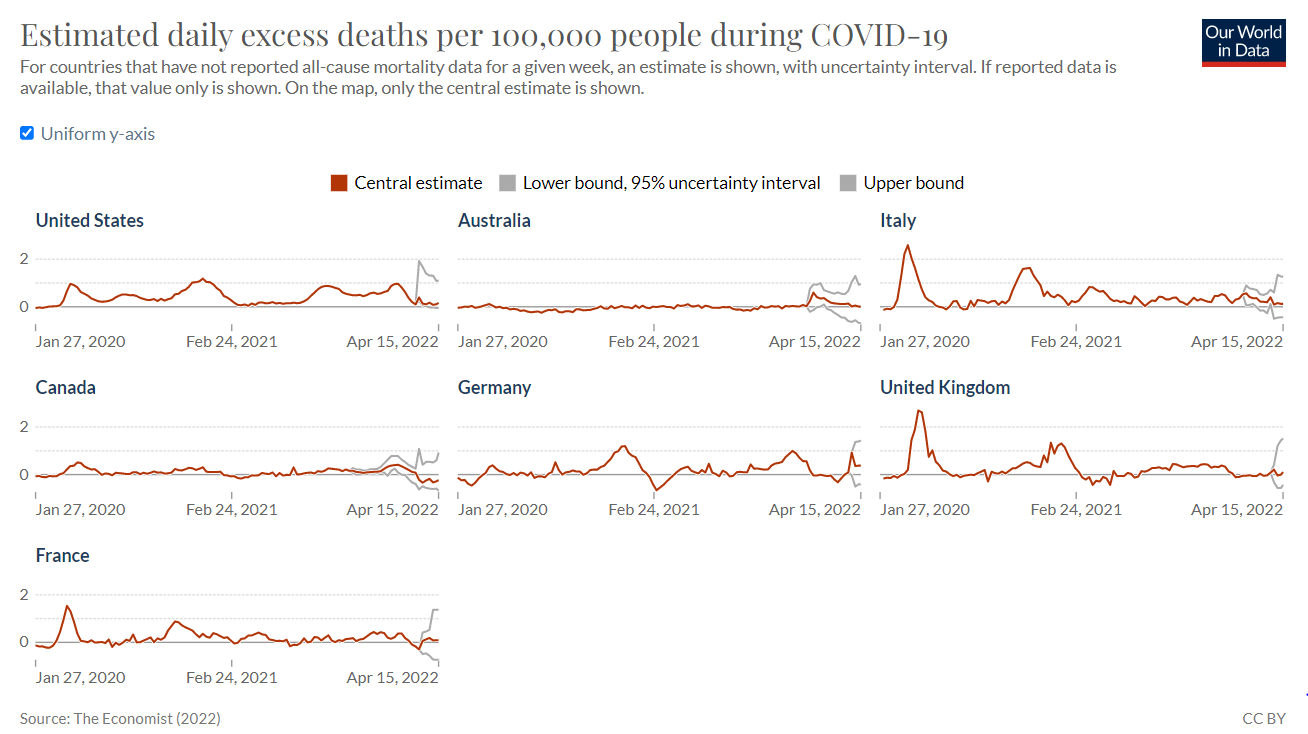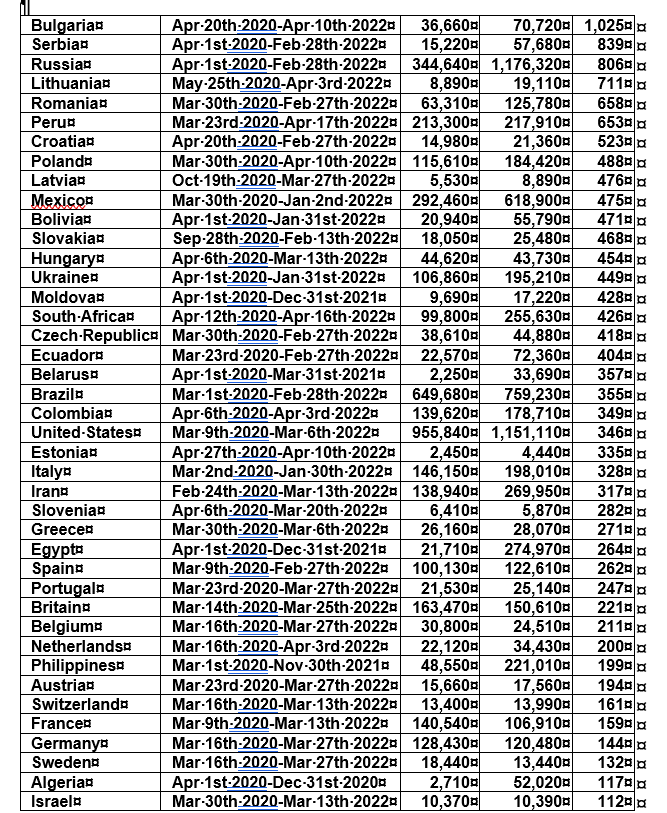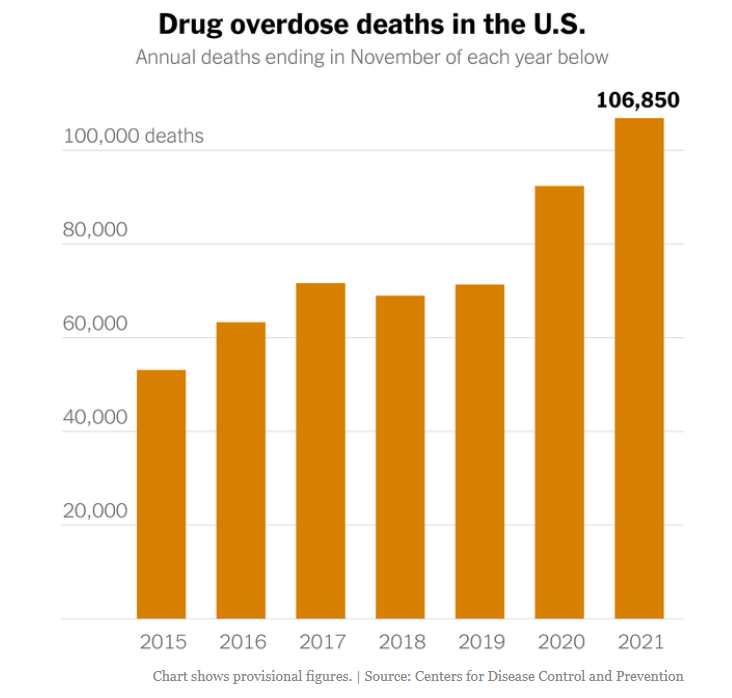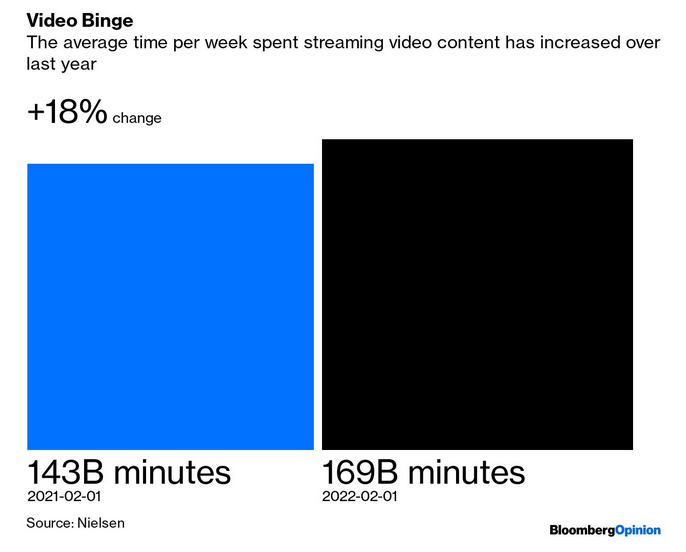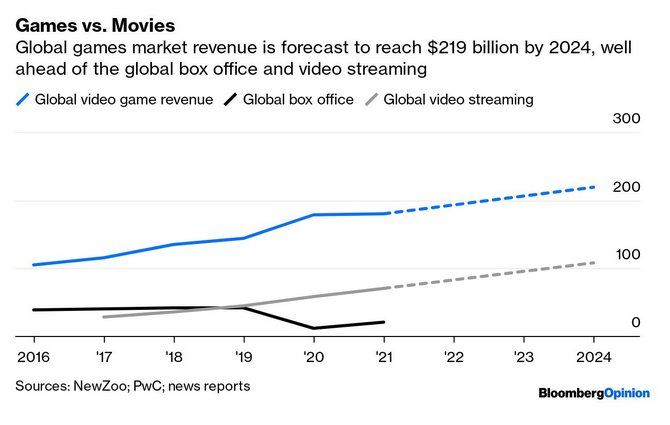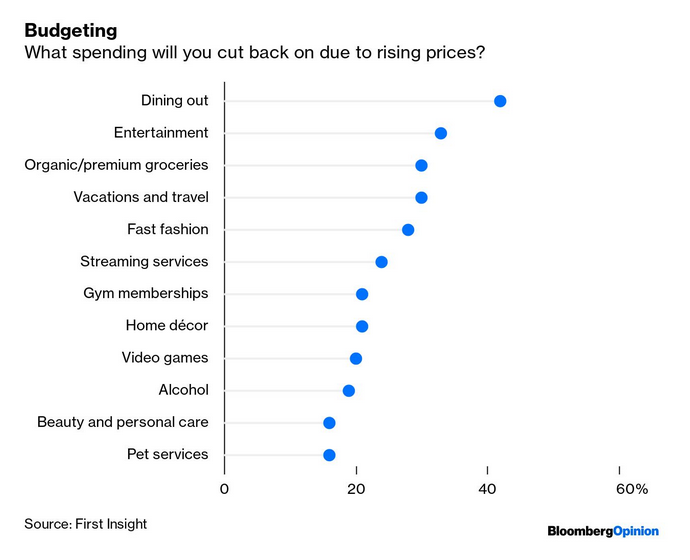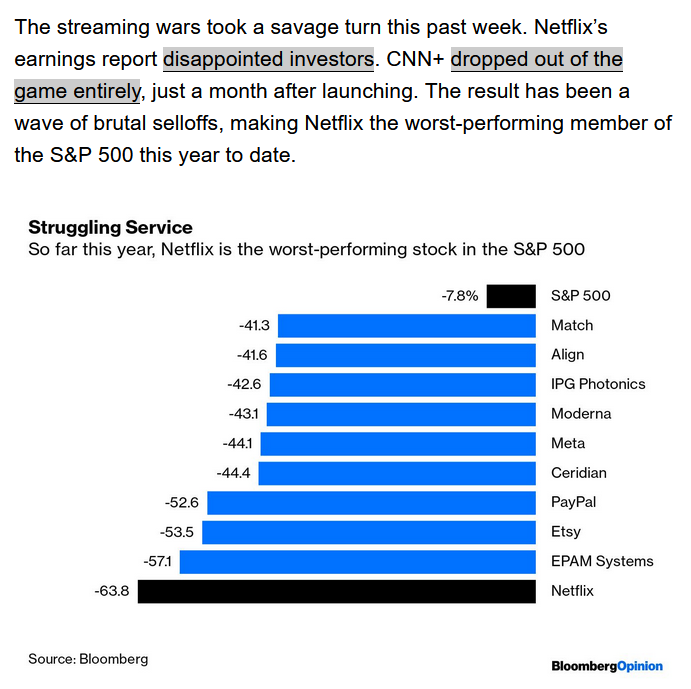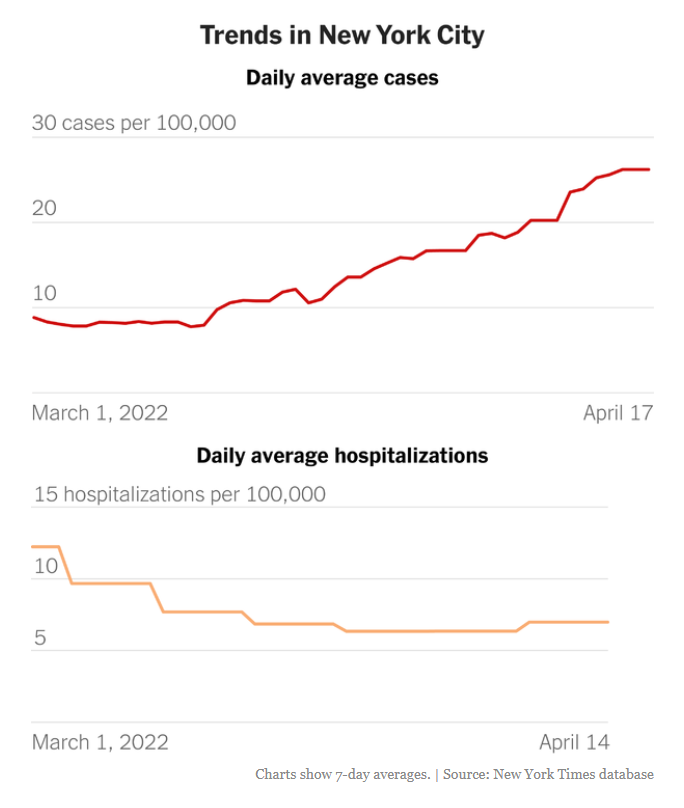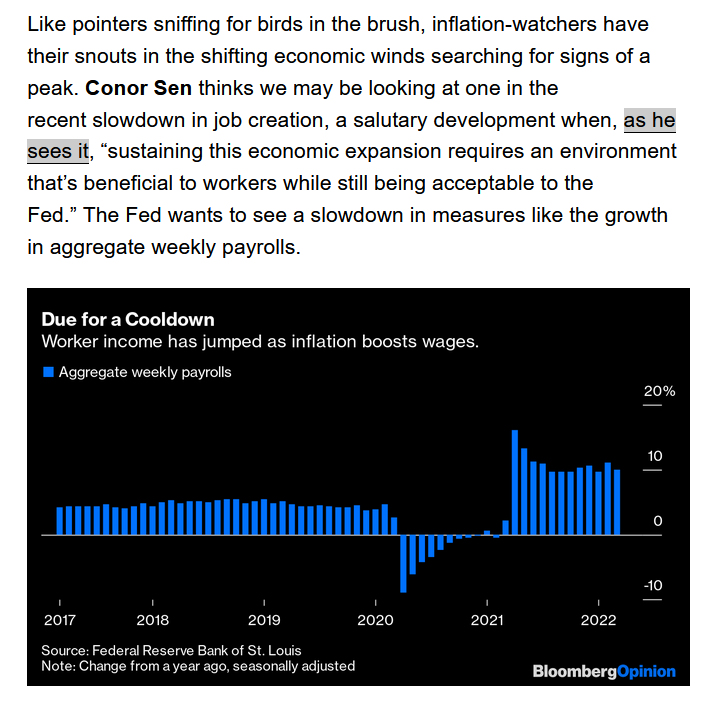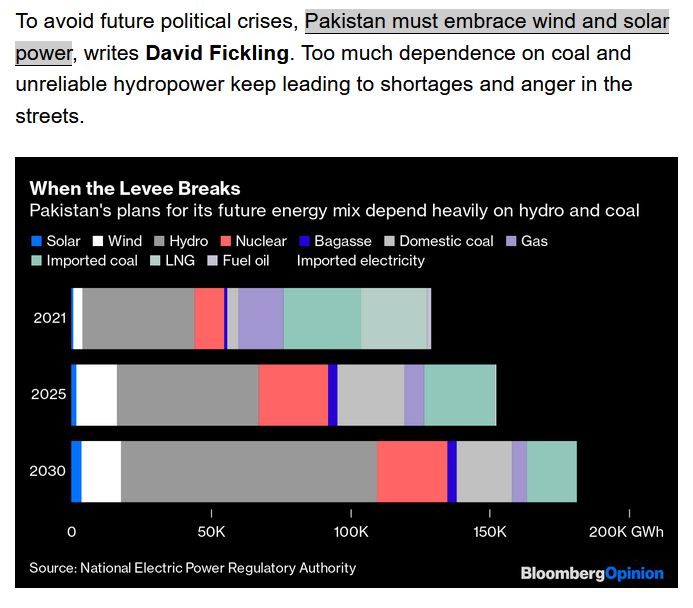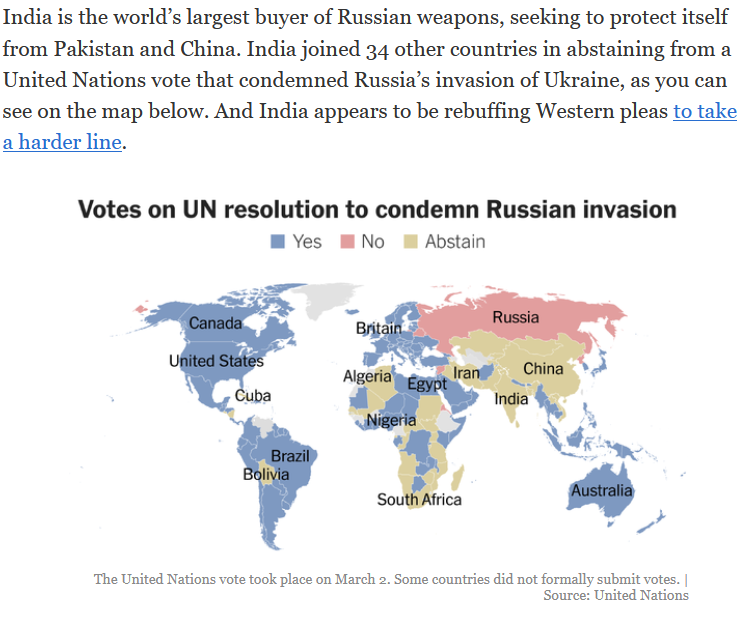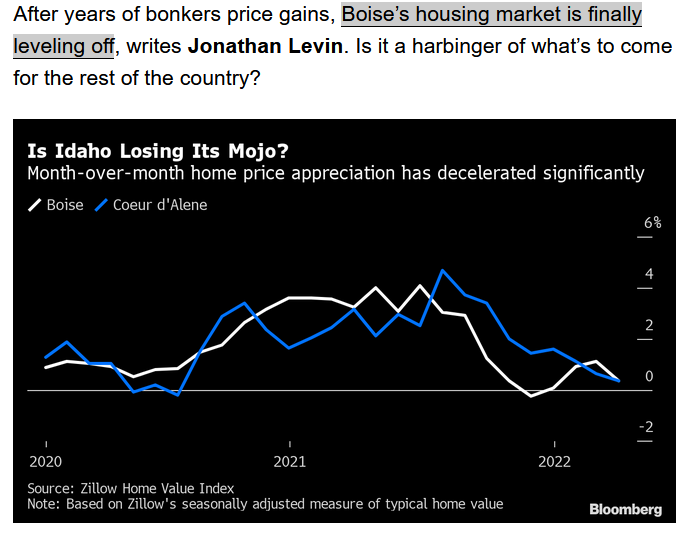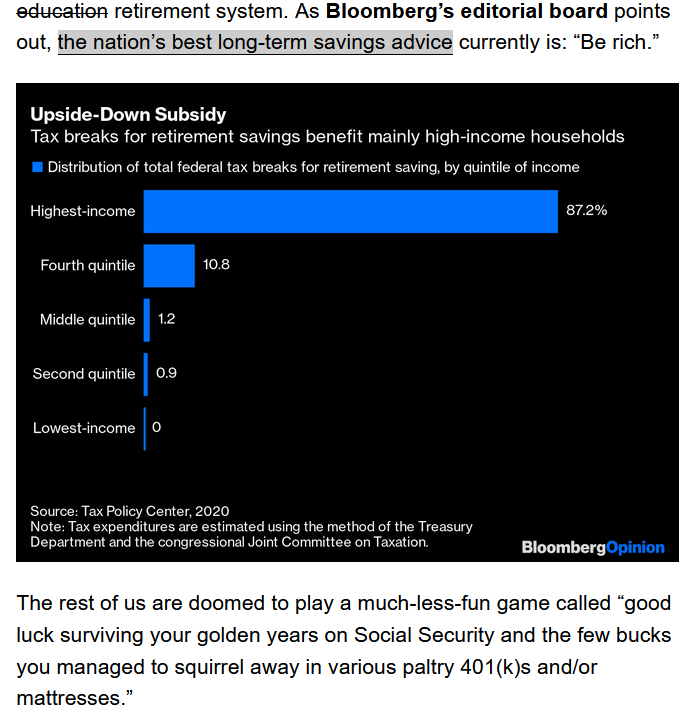
Châtenay-Malabry (FR - 92290), May 02, 2022
EFITA newsletter / 1037 - European Federation for Information Technology in Agriculture, Food and the Environment
The informatique-agricole.org site offers you the possibility of subscribing the RSS feeds of its two newsletters
See RSS feeds to implement to ensure that you continue to receive this newsletter
To unsubscribe this newsletter, please contact me directely: guy.waksman(a)laposte.net if this link Unsubscribe does not work.

To correspond with me (GW), please use this address: guy.waksman(a)laposte.net
To subscribe the efita newsletter (please ask your friends and colleagues to test this link)
Efita Newsletters subscription
Angel of Death, beautiful portrait of a very dear friend of a Frenchwoman (on the far right) and a Frenchman (on the far left) much appreciated by too many of my French compatriots and / or friends
The ankou, in the Breton tradition (Brittany, a region of France), is the Angel of death
|
Source:
Gwendal
Lemercier
|
 |
Before computers
Weekly newsletters about ICT in Agriculture in English and French
Both newsletters have around 14000 subscribers.
>>> Last weekly EFITA Newsletters in English (created in 1999) Efita Newsletters
>>> Last weekly AFIA Newsletters in French (created more than 20 years ago in 1997) Afia Newsletters
>>> Statistics for the last efita newsletter
>>> Last issue of the afia newsletter
>>> Last available satistics for the afia newsletter
Medieval Herb Garden
F&A NEXT 2022, Transformation of Global Food Systems
18-19 May - Wageningen Campus (NL) & Online
F&A NEXT, thought leadership & making connections, where investors meet food & agri startups.
F&A Next is an initiative by Rabobank, Wageningen University & Research, Anterra Capital and StartLife, collectively believing that innovation will be key to sustainably feed future generations. Disruptive innovation in itself is not enough; it also needs to be implemented and transformed into tangible applications. Entrepreneurs are needed for their drive, investors for their belief and corporates for their mass impact.
To stimulate innovation and entrepreneurship the partners initiated F&A Next in 2016. F&A Next is about thought leadership and connecting promising start-ups and scale-ups, to dedicated food & agtech investors and innovative corporates. It includes two days of networking, pitching and debating the dynamics in food and agriculture.
If you are wholeheartedly committed to the need for innovation in Food & Agriculture then make sure not to miss out on the 7th F&A Next edition on 18-19 May, 2022.
See fanext.com
DLG-Feldtage (Germany)
14-16 June - the Kirschgartshausen experimental farm venue near Mannheim, Germany.
With around 350 exhibitors and a specialist programme on the current key issues, the DLG- Feldtage event will once again present itself as the most important field trade fair in Germany for the crop sector. Under the guiding theme "My crop production. My future.", the DLG-Feldtage open air event will once again be the leading platform for modern crop production.
In the 45 hectares exhibition area, plant breeders will be showing both approved and new varieties of all market-relevant crops. Other building blocks of crop production, such as fertilisation, crop protection, cultivation methods and the latest solutions in terms of agricultural machinery, precision farming and digitalisation, complement the range of information and exhibits.
See dlg-feldtage.de
Humans destroyed forests for thousands of years – we can become the first generation that achieves a world in which forests expand
Since the last great ice age humans have destroyed one-third of the world’s forests—a forest area twice the size of the US.
We destroy forests to harvest wood for fuel and building material, but the biggest reason has been to make space for our crops and livestock. Today, the expansion of agricultural land to raise cattle is the most important driver, by far, of the ongoing destruction of tropical forests such as the Amazon.
But the loss of our forests and resulting harms to biodiversity can be stopped—and even reversed. In fact there are many countries that brought their history of deforestation to an end and are now expanding their forests.
In this article we discuss the history of deforestation and where and why it’s happening today. By understanding the drivers of deforestation, and how some countries have begun to regrow their forests, we can become the first generation that achieves a world in which forests expand.
FoodTech in Europe, 29 March 2022
We just released the fifth edition of our report on the state of the European
FoodTech ecosystem. This report has been made possible, and we
can share it with you due to the support of our two sponsors, Nestlé and
Pinduoduo. You
can access and download the report here
> So, what has happened since last year?
> Where did all this money go?
> We observed huge deals last years, but what’s next?
…/…
Beyond, we can easily identify 10 to 20 companies that have the potential
to become unicorns in the next 12 to 24 months (the third wave of European
FoodTech startups mentioned in last year’s report). Moreover, we can spot
interesting early-stage (and well-funded) European startups in almost
all key FoodTech trends. All the pieces are now in place for the development
of a successful ecosystem.
Finally, further proof of attractiveness: 2021 was a record year in terms
of the number of acquisitions and investments in European FoodTech startups,
notably from American companies.
…/…
See
digitalfoodlab.com
Medieval Woman Feeding the Chickens
|
2
|
 |
New data explorer on IPCC climate scenarios
Central to the UN climate reports produced by the Intergovernmental
Panel on Climate Change (IPCC) are a set of scenarios called
the Shared Socioeconomic Pathways (SSPs).
The SSPs do not tell us what the world will look like in the
coming decades, but instead what the world could look like across
a range of possible futures. The scenarios differ in their assumptions
about socioeconomic and technological development and the greenhouse
gas emissions that result—the key aspect that will determine
the future of our climate.
In the data explorer you can compare the socioeconomic and technological
factors that define each SSP: population growth, economic growth,
urbanization, trade, energy, and agricultural systems.
Also on the page, below the explorer, we describe the scenarios
in more detail and link to further reading.
Plant-based diets offer potential ‘climate dividend’ by
Joan Conrow, January 25, 2022
If people in rich nations reduce the amount of animal products
they eat, they could help the world achieve a potential “climate
dividend,” says a new study.
By transitioning to largely plant-based diets, rich countries
would free up an area of land the size of the European Union
for ecosystem restoration and carbon removal, found a study
published Jan. 10 in Nature Food. The potential sequestration
benefit could total more than a billion tonnes of carbon dioxide
equivalent.
.../...
See
allianceforscience.cornell.edu
How did we see the future yesterday??
See the incredible collection developed by Alain Fraval
Future Farming
> Precise spray systems compared: Five ways to radically reduce chemical use
Crop protection products are under intense scrutiny and pressure. Many important active ingredients have been banned or withdrawn and many others are facing the same fate. In the EU the plan is to reduce the use of pesticides by 50% by 2030.
> Hybrid alternative to herbicides
> First Australian electro-weeding trial
> Verdant Robotics launches robotic weeding service
> How Dutch growers are tackling weeds in sugar beets
> SenseSpray designed to remove complexity of spraying process
> Variable Rate Technology market to grow to $ 13.7 billion by 2027
> Jacobs and Intelinair deliver agronomic insights to farmers
> Adroit Robotics presents powerful scanning tool for orchards
> Precision drip irrigation gives Brazilian coffee extra flavour
A cup of coffee needs just the right amount of water to reach its perfect taste. The same goes for coffee plantations in order to achieve the highest production performance and profit margins. Traditional Brazilian coffee producers now adopt a smart drip irrigation system to save costs and increase productivity.
> Spot spraying: SenseSpray designed to remove complexity of spraying process
Australian company Agtecnic has launched a new spraying technology that is designed to remove the complexity of the spraying process. “In that way it differs from other spot spraying systems”, says co-founder and director Rob Johnson of Agtecnic.
> Market trends: Precision farming market to grow to USD 15.6 billion by 2030
The precision farming market is expected to grow further due to the growing adoption of global positioning system (GPS), guidance, and remote sensing technologies by farmers and growers.
> Electric tractors: Electric Massey Ferguson tractor coming soon
Mechan Groep, the Dutch importer of Massey Ferguson (MF), is receiving many requests for electrically powered MF tractors from, amongst others, agricultural contractors and municipalities. This has prompted Ronald van Hattem, director of Massey Ferguson Netherlands, to seriously investigate the electric concept based on an Massey Ferguson 5S tractor.
> Autonomous equipment: John Deere partners with autonomous sprayer manufacturer GUSS
John Deere has formed a joint venture with GUSS Automation. GUSS (Global Unmanned Spray System) is a pioneer in semi-autonomous orchard and vineyard sprayers. Through a joint venture, Deere will help GUSS further collaborate with the Deere sales channel.
> Harvesting: Croptracker scans 4800 harvested apples or pears within 30 seconds
Croptracker announces the release of their Overhead Bin Scanning system for Harvest Quality Vision (HQV). This system is capable of scanning over 4800 apples or pears within 30 seconds with a 98% accuracy and allows packers to know what is coming into the pack shed before the fruit comes off the truck.
See futurefarming.com
Ernte, Bern, Burgerbibliothek
Video: A field robot in practice
Organic arable farmer Mark Buijze from the Dutch Schoondijke, freed up working hours for other farm activities by purchasing a sowing and hoeing robot. Buijze sows a plot of poppy seed with the Farmdroid. The robot has already been sowing onions and shallots on other plots. After the computer is set up, this Farmdroid sows the plot completely independently at a rate of about 500 meters per hour.
See futurefarming.com
F2C Startups in India Working to Create Transparency and Access in the Food Supply Chain
Changing consumer preference, especially post-Covid, has led to the emergence of a number of Farm to Consumer agritech startups.
See precisionag.com
Vieilles Maisons à Eragny, par Camille Pissarro
U.S. Agtech Company Agro.Club Collaborates with Spanish Neo-Bank Crealsa to Digitize Financing in Agriculture
Agro.Club provides digital solutions for input manufacturers, retailers, grain companies, and farmers.
See precisionag.com
Strong Pipeline of BASF Agricultural Innovations Will Benefit Food Security, Climate and Environment
BASF has announced its 10-year outlook on agricultural innovations that support food security for future generations.
See precisionag.com
Estimated daily excess deaths per 100,000 people during COVID-19
For countries that have not reported all-cause mortality data for a given week, an estimate is shown, with uncertainty interval.
If reported data is available, that value only is shown. On the map, only the central estimate is shown.
One of the safest and most interesting source of information on covid-19: The Economist
>>> Excess deaths since country’s first 50 covid deaths
Last updated on April 24th
Column 1: country... See Putin's performance!
Column 2: period for which mortality statistics are available
Column 3: deaths attributed to Covid-19
Column 4: excess mortality compared to normal over the period considered (more liar than Putin, it's difficult!)
Column 5: excess mortality per 100,000 inhabitants
Telit Joins ConectarAGRO Association to Bring 4G Connectivity and Advanced Technologies to Brazilian Farmers
Lack of internet signal is one of the greatest challenges facing rural farmers in Brazil.
See precisionag.com
John Deere Forms Joint Venture with GUSS Automation
GUSS (Global Unmanned Spray System) is a pioneer in semi-autonomous orchard and vineyard sprayers.
See precisionag.com
The Knocke Windmill, by Camille Pissarro
Farmerline raises $13m to connect West African farmers with services, buyers with data, AFN, by Jocelyn Nyaguse
The digitalization of African agriculture is in its early days. But companies like Farmerline believe it’s the key to improving and advancing a sector that supports a majority of livelihoods on the continent.
Farmerline, an agribusiness marketplace founded by Allosyius Attah and Emmanuel Addai in 2013, uses a combination of software, market linkages, and financing to streamline Ghana’s fragmented agrifood supply chain and ensure that the country’s smallholder farmers have the tools they need to grow.
It started out working with 400 farmers in its home market of Ghana. Their digital marketplace now supports more than 75,000 farmers. Farmerline also has partnerships with more than 3,000 buyers, agribusinesses, food manufacturers, governments, and non-governmental organizations that have collectively supported more than one million farmers in 26 countries.
…/…
See agfundernews.com
In the USA as elsewhere, the hell of drugs
Video indigestion keeps spreading
Earth Day 2022 calls on us to ‘invest in our planet.’ The agrifoodtech community is on it, AFN, by Jack Ellis
The theme of Earth Day 2022 is to “invest in our planet.”
EarthDay.org, the group behind the event, says on its website that to reduce greenhouse gas (GHG) emissions and keep global warming at 1.5°C (2.7°F) above pre-industrial levels by 2050, we “need to act (boldly), innovate (broadly), and implement (equitably).”
“It’s going to take all of us. All in. Businesses, governments, and citizens – everyone accounted for, and everyone accountable. A partnership for the planet.”
As the statement suggests, it’s a big ask. Earlier this month, the UN Intergovernmental Panel on Climate Change (IPCC) released its latest working group report, focused on climate change mitigation. It made for scary reading.
According to the IPCC, many countries are currently on course to miss their individual emissions reduction pledges. As such, critical action needs to be taken immediately in order to keep the 1.5°C — or even the less ambitious, but arguably more realistic at this stage, 2°C — goal in sight.
To get there, the IPCC says that global GHG emissions will need to “peak before 2025 at the latest,” and reduce by 43% over the following five years; methane emissions, specifically, would need to be reduced by about a third over the same period (more on that below.) Carbon dioxide emissions will have reach net zero in the early 2050s if there’s to be any chance of keeping at 1.5°C, according to the IPCC’s models.
The cost of missing these targets, according to the IPCC’s previous working group report from February, is “increased heatwaves, droughts, and floods [that] are already exceeding plants’ and animals’ tolerance thresholds,” exposing “millions of people to acute food and water insecurity, especially in Africa, Asia, Central and South America, on small islands, and in the Arctic.”
…/…
See agfundernews.com
Video games work better than movies and series
Eating organic is not a priority, but food for our cats and dogs...
World health day: farmers lead the way, by Gabriel Carballal, April 7, 2022
.../...
If we don’t use the most productive crops, we waste what the soil provides.
Our goals of sustainability and conservation drive many of our decisions. We seek to keep the soil viable so it can grow the food we need right now as well as in the future. And because of all the stress the world continues to put on the environment—industrialization, urbanization, and population growth—we’re called on to grow more food on less land.
The only way to meet this challenge is to invest in the health of our soil.
Our health and the health of our world depends on it.
See globalfarmernetwork.org
Agtech for non-agtech developers: data manipulation, LinkedIn, by Luiz Henrique Zambom Santana, D.Sc., CTO and Co-Founder at Leaf Agriculture
…/…
In the next part, I will talk about the jargon of the area. It is very difficult to find details for terms like FMIS and Prescription. The next articles will talk about the stack for AgTech, the domain jargon, and Machine Learning for agriculture.
- Are you a software developer building for agronomy? What are the challenges that you faced to learn the AgTech domain?
- If you want to talk more about developing for AgTech, join us in:
Discord server
LinkedIn group
See linkedin.com
By the garden gate by Charles Edward Wilson
Streaming disappoints investors
Indian cows (and buffaloes) are going online. The Economist
A new breed of startups wants to formalise cattle trading
.../...
Livestock fairs, where most animals are still bought and sold, can be expensive and chaotic. Farmers shell out entry fees to register their beasts. They must pay for labourers to load and unload the animals, as well as for transport to and from the fair. They worry about cattle thieves. Making a sales pitch to every prospective customer takes a toll in the heat. And if your cows find no buyers, you must go through the whole rigmarole again, complains Anil Renusay, another cattle farmer in Vajeghar.
Then there is fraud, says Satish Birnale, who rears buffaloes in Sangli, a small western city. Some traders inject their animals with steroids. Horns are often polished “as if the cows have just been to a beauty parlour,” he says. “It’s like searching for a bride in an arranged marriage. We have to be careful and not go just by the looks.”
Firms like Pashushala and Animall claim to have solved such problems with a system of checks, including a nod from a local veterinarian. Animall requires sellers to upload videos and pictures of their cattle, and provide details not just of breed or age, but also past pregnancies, how much milk they provide and so on. A team calls every user to verify the information. Ads with blurry photos or listings with pictures taken from the internet are swiftly removed. A close-up of the cow’s udders is important. So are comments by the farmer about the animal’s temperament. In one video a seller croons, “Beautiful! Oh, look at those singhs (horns)“. It is not a new pitch. But it is now easier and cheaper to make.
See economist.com
A Surrey Farmhouse, by Helen Allingham
The GINI index in France is lower and therefore our country is the least unequal in the world among the rich and relatively large countries
Investments flood into Africa’s B2B e-commerce startups
Tiger Global is among investors backing African retail innovation.
.../...
Most African markets lack the basic infrastructure that enables delivery services found in a country like the U.S., where online retailers are able to use existing delivery services, such as UPS and FedEx, to fulfill orders. Most customers have access to payment cards and addresses that were listed and mapped. “We don’t have all the extensive ecosystem of companies that you can just plug and play,” Yu said. Wasoko uses its own fulfillment infrastructure, including drivers to deliver to traders.
As the B2B market grows and becomes more competitive, companies are trying to find different niches. Sabi, a 13-month-old B2B e-commerce startup operating in Nigeria and Kenya, has embraced the middlemen, allowing distributors to sell their products, from agriculture products to electronics, to informal retailers through its marketplace. “We’re akin to Shopify for the informal market,” said Ademola Adesina, co-founder at Sabi. "[Middlemen] operate at a lower cost base and will always be cheaper operators than we will be, so to try and cut them out and do everything, this isn’t economically viable."
Sabi, which counts a top Shopify executive — as yet unannounced — as one of its advisers, said the value of goods sold on its platform was around $300 million last year.
But many companies are relying on common startup tactics to grow, investing in discounts and incentives to bring users onto their platforms. In Lagos, store-owner Onuwa said he’s getting approached by salespeople for the platforms pretty much every day now. He’s still shopping around, switching between them, to take advantage of discounts and free delivery offers.
See restofworld.org
The Village Maiden, by John Brown Abercromby (1843 – 1929, Scottish)
| 8 |  |
Charting the course to a resilient food system with dynamic systems modeling Earth Day 2022! AFN, by guest contributor: Anya Gandy
Earth Day 2022’s theme — ‘invest in our planet’ — stands as a stark reminder that our economic security is entirely dependent on the health of our natural world. Earth Day demands that we ask: “What is the real bottom line?”
Rarely in life are we presented with clarity. Climate change is clear.
It is clearly an existential threat to each of us, our families, our communities, and our planet. The fourth great agricultural revolution that we champion must acknowledge our precarity and build a resilient food system.
Realizing this vision requires understanding the ripple effects our investments will have across intertwined agricultural, ecological, geopolitical, and financial systems. We can then optimize these system interactions to generate truly positive returns across natural, human, and then financial capital.
With systemic opportunity analysis, we can marshal the full weight of our collective creativity and pull the most powerful levers of change in the right direction. Dynamic systems modeling developed at MIT is a practical, quantitative tool for companies, startups, investors, and policymakers to assess an investments’ likely ‘impact level’ across multiple dimensions.
…/…
See agfundernews.com
|
Gazette
de vitisphere.com, |
|
The war in Ukraine is exposing gaps in the world’s food-systems research
Russia’s invasion is the latest threat to the stability of world food supplies. Researchers must act now to halt the cycle of repeated food crises.
.../...
What food systems lacks is an intergovernmental mechanism by which policymakers are given independent assessments of the literature and commit to acting on these findings, in the way that the IPCC’s reports inform the work of governments meeting at UN climate conventions.
The feasibility of the IPCC-style panel for food systems is being researched by an expert group reporting to the European Commission in Brussels. Its recommendations, due to be published this summer, are expected to confirm that existing organizations are not delivering what is needed. But the solution, says one group member, environmental scientist Jacqueline McGlade, is not necessarily a new IPCC-style body. Instead, the group is expected to recommend a greater effort to gather knowledge and evidence from under-represented groups. In addition, a UN ‘clearing house’ could extract what governments need from existing science-advice panels and embed these recommendations in global commitments such as those on climate change, biodiversity and the UN Sustainable Development Goals.
Whether the expert group persuades enough people and organizations to come together to improve the breadth and clout of food-systems science advice remains to be seen. But the analysis and soul-searching along the way will be productive. The latest crisis should be seen as the moment when the world came together to renovate the food system and the research agenda behind it. As Sheryl Hendriks, a food-policy researcher at the University of Pretoria, says: “The geopolitics are more clear than we’ve ever, ever imagined.”
See nature.com
My point of view (GW): I do not think that researchers will be able to move our societies and our agricultures if they do not propose practical and socio-economical approaches to the main actors e.g. the farmers. The difficulty for sure is that they do not know e.g. the farmers…
Why the world is hungry — and how to help, Axios, by Erica Pandey, author of Axios @Work
.../...
What's happening:
- Food prices are surging. Take in the chart above. Inflation and supply chain chaos have driven up the price of groceries, and they're not falling anytime soon, supermarket executives say.
- Food waste is rising too. Every year we waste a third of produced food — about 1.6 billion tons. As the world keeps industrializing, we're projected to waste 2.1 billion tons by 2030, according to Yale research.
- Food banks are understaffed. Need is increasing, while supply and staff is short.
- Crises are starving humans. The war in Ukraine and the tight COVID lockdowns in China are starving entire cities of people.
.../...
See axios.com
Cowspiracy: Is 'Big Meat' Denying Its Role In Climate Change?
Activists frequently assert that 'Big Meat' has tried to deny agriculture's contribution to climate change. Is there any truth to this conspiracy theory?
See acsh.org
Base edit your way to better crops, 27 April 2022, by Michael Eisenstein
Plant scientists are turning to genome-editing techniques to precisely tailor the productivity and consumer appeal of important crops.
See nature.com
Fewer Than 30,000 Dairy Farms, April 18, 2022,
There’s no reason to panic about supply though–during that same time milk production has increased 24%, and milk per cow has grown 20%.
See thefarmersdaughterusa.com
Irish Cottage, by Helen Allingham
Does population growth lead to greater resource scarcity, as argued by the English scholar Thomas Malthus and, more recently, by the Stanford University biologist Paul Ehrlich? Or does population growth coincide with, and perhaps even contribute to resource abundance, as the University of Maryland economist Julian Simon has argued? The Simon Abundance Index (SAI) measures the relationship between population growth and the abundance of 50 basic commodities, including food, energy, materials, minerals, and metals.
Global resource abundance fell by 22.6 percent in 2021, according to the fifth annual Simon Abundance Index. The base year of the index is 1980, and the base value of the index is 100. In 2021, the index stood at 548.5. In other words, the index rose by 448.5 percent over the last 41 years, implying a compound annual growth rate in global resource abundance of 4.24 percent and a doubling of global resource abundance every 16.7 years.
The SAI is measured in time prices. To calculate a commodity’s time price, the nominal price of a commodity is divided by the global average nominal hourly wage. Over the last 41 years, the average nominal price of the 50 commodities rose by 103.9 percent, and the global average nominal hourly wage rose by 413.6 percent. So, the overall time price of the 50 commodities fell by 67.9 percent.
The personal resource abundance multiplier is calculated by dividing the average time price of the 50 commodities in 1980 by the average time price of the 50 commodities in 2021. The multiplier tells us how much more of a resource a person can get for the same hours of work between two points in time. The same number of hours of work that bought one unit in the basket of 50 commodities in 1980 bought 3.088 units in the same basket in 2021.
The resource abundance for the average inhabitant of the planet rose by 208.8 percent. The compound annual growth rate in personal resource abundance amounted to 2.79 percent, implying that personal resource abundance doubled every 25.2 years.
Over the last 41 years, the overall time price of the 50 commodities fell by 67.9 percent. Meanwhile, the world’s population increased by 77.6 percent. So, for every 1 percent increase in the world’s population, the average time price of the 50 commodities decreased by 0.88 percent (67.9 percent ÷ 77.6 percent = -0.88).
Note that the personal resource abundance analysis looks at resource abundance from the perspective of an individual human being. The question that we aim to answer is: “How much more abundant have resources become for the average inhabitant of the planet?”
Population resource abundance analysis, in contrast, allows us to quantify the relationship between global resource abundance and global population growth. You can think of the difference between the two levels of analysis by using a pizza analogy. Personal resource abundance measures the size of a slice of pizza per person. Population resource abundance measures the size of the entire pizza pie.
The population resource abundance multiplier is calculated by multiplying the change in personal resource abundance by the change in global population (3.088 x 1.776). The multiplier of 5.485 corresponds to the 548.5 value in the SAI 2022. It indicates an increase in the global resource abundance of 448.5 percent and a compound annual growth rate of 4.24 percent. Using these values, we can estimate that global resource abundance doubles every 16.7 years or so.
Recent US worker income increase (source Bloomberg Newsletter)
China and Russia Are Giving Authoritarianism a Bad Name, by Thomas L. Friedman
Moscow overreached on Ukraine and Beijing on Covid, and now they’re paying for their hubris.
See thewebserv.com (from NYT)
Pakistan should avoid to depend on unreliable hydropower
Earth Day Has Become Polluted By Political Correctness And Ignorance, by Henry I. Miller and Jeff Stier, April 19, 2022
.../...
The small-minded misanthropes have enjoyed some dubious “successes.” They have effectively banished agricultural biotechnology from Europe and much of Africa, put the chemical industry on the run, and placed the pharmaceutical industry in their crosshairs.
Lord Taverne believes these are ominous trends that are contrary to the principles of the Enlightenment, returning us to an era in which inherited dogma and superstition took precedence over experimental data. Eco-fundamentalism strangles scientific creativity and technological innovation, blocking the availability of products which, used responsibly, could dramatically improve and extend many lives and protect the environment.
Lord Taverne posited that when you defend science and reason, you defend democracy itself. Well said, Milord, and happy Earth Day to you.
See issuesinsights.com
Unfortunately, against Russia, unanimity does not prevail
What Can a Moth Teach Us About Adapting to Climate Change?
According to recent findings, the duration of cold temperature during winter is likely to shorten over the next century due to climate change. However, the impacts of climate change on some ecosystems are already very visible today. While a number of insect species have declined in recent years, some species, such as Ostrinia moths and lanternflies, have instead expanded their presence well beyond their original geographic ranges.
ARS scientists and collaborators are studying how genes in the European corn borer moth can help them survive variable climate conditions.
See tellus.ars.usda.gov/
Energía nuclear y transgénicos: la caída de dos mitos ecologistas, de J. M. Mulet, Catedrático de Biotecnología en la Universidad Politécnica de Valencia y autor del libro 'Ecologismo real' (2021)
La invasión de Ucrania ha llevado a la UE a plantearse apostar por la energía nuclear para reducir emisiones y levantar las restricciones al grano transgénico.
.../...
Otro ejemplo de mito caído es el de los transgénicos. Durante 20 años las organizaciones ecologistas y los partidos verdes nos estuvieron alertando de unos supuestos peligros que nunca llegaron a suceder porque no eran ciertos. Mientras decían eso, la producción de cosechas transgénicas aumentaba cada año y se desarrollaban nuevas aplicaciones no solo en agricultura, sino también en medicina e industria. En marzo del 2020, en pleno confinamiento, el Gobierno español aprobó una ley para facilitar la investigación en plantas transgénicas dedicadas a desarrollar vacunas contra la covid. No deja de ser divertido que esta ley se aprobara cuando el partido al que actualmente está afiliado el histórico dirigente de Greenpeace Juantxo López de Uralde formaba parte del gobierno. París bien vale una misa, dijo Enrique IV, y el escaño de diputado bien vale un transgénico, debió de decir López de Uralde.
Es sintomático que los partidos verdes y los grupos ecologistas hayan dejado de hablar de este tema en los últimos años y lo hayan quitado de sus reivindicaciones. La paradoja actual es que los antiguos países del bloque soviético, con Rusia al frente, eran antitransgénicos, por lo que Ucrania era nuestro principal proveedor de maíz y trigo no transgénico. Con la actual crisis, ahora Europa se plantea levantar las restricciones y permitir importar más grano transgénico para suplir la falta de cereal de Ucrania. Por lo tanto, vemos que el mensaje ecologista que tanto respaldo encontró en nuestros políticos se ha dado de bruces con la cruda realidad. Los mensajes bonitos y verdes no acaban con el hambre ni el frío.
Ver elcorreo.com
In the United States, real estate prices are no longer permanently rising
Macron, ¿el presidente de los ricos? De Toni Roldán Monés, director del Centro de Políticas Económicas de Esade, EsadeEcPol, 23 ABR 2022
El mandatario francés es un progresista de verdad, po1rque se atreve asumir los costes de reformas impopulares y enfrentarse a grupos de presión como el ‘statu quo’ empresarial o los sindicatos caducos.
.../...
La lista de propuestas económicas y reformas de progreso es interminable: la valentía de proponer una reforma de pensiones pensando también en los jóvenes (no solamente en los votantes de las próximas elecciones), el liderazgo en la cuestión climática (asumiendo subidas de impuestos impopulares pero necesarias) o el liderazgo en los acuerdos para la fiscalidad de las tecnológicas o la integración fiscal europea tras el covid-19.
Hace unas semanas unos amigos me invitaron muy amablemente a escribir un texto para un pequeño regalo a Felipe González por sus 80 años. Son muchos los aprendizajes que pueden extraerse de su legado. El más importante para mí es su reformismo inagotable: la valentía para enfrentarse a los intereses e inercias del establishment, incluso cuando eso supusiera asumir costes electorales o enfrentarse a críticas de una parte de los suyos (siempre hay una izquierda más conservadora).
Aunque una parte de la izquierda parece haberlo olvidado, el progreso no es gratis: implica asumir costes, poner en marcha reformas impopulares, reconocer la restricción presupuestaria y enfrentarse a grupos de presión, sean empresas cercanas al poder que extraen rentas del statu quo, grandes tecnológicas que abusan de su posición o sindicatos caducos que han dejado de representar a los trabajadores vulnerables.
Las reformas de Macron tendrán costes electorales. Su problema, como dice el semanario The Economist, es que “ofrece políticas aburridamente basadas en la realidad”. Yo añado: su verdadero problema es que es realmente progresista.
Ver elpais.com
In the USA, the most modest people cannot save for their retirement, and are working late in their lifes
A sow and her piglets outside a row of cottages with a small child looking on, by Helen Allingham, 19th century watercolor
Jewish joke
When you tell a peasant a joke, he laughs three times: once when you tell it, once when you explain it, and once when he understands it.
When you tell a Polish nobleman a joke, he laughs twice: once when you tell it, and once when you explain it; but he never actually understands it.
When you tell a Russian officer a joke, he only laughs once. He’ll never understand it, and if you try to explain it to him, he might put you in jail.
When you tell a Jew a joke, he interrupts you to say that he’s already heard it, and, by the way, you’re telling it wrong.
| |
The distribution of this efita newsletter is sponsored by vitisphere.com
Please, contribute to the content of your efita newsletter, and advertise your events, new publications, new products and new project in this newsletter. Without your support, it will not survive!
Contact: Guy WAKSMAN
E-mail: guy.waksman(a)laposte.net
To read this newsletter on our web site
See Efita
The archives of this newsletter
See Efita
Do not miss the Virus Jokes in English and French
About the EFITA mailing list
You can use the efita moderated list (> 15000 subscribers) to announce any event / product / web site / joke (!) related to IT in agriculture, environment, food industry and rural areas.
If you want to subscribe a friend, please fill in his form.
If you do not wish to receive our messages, please fill in the following form...



